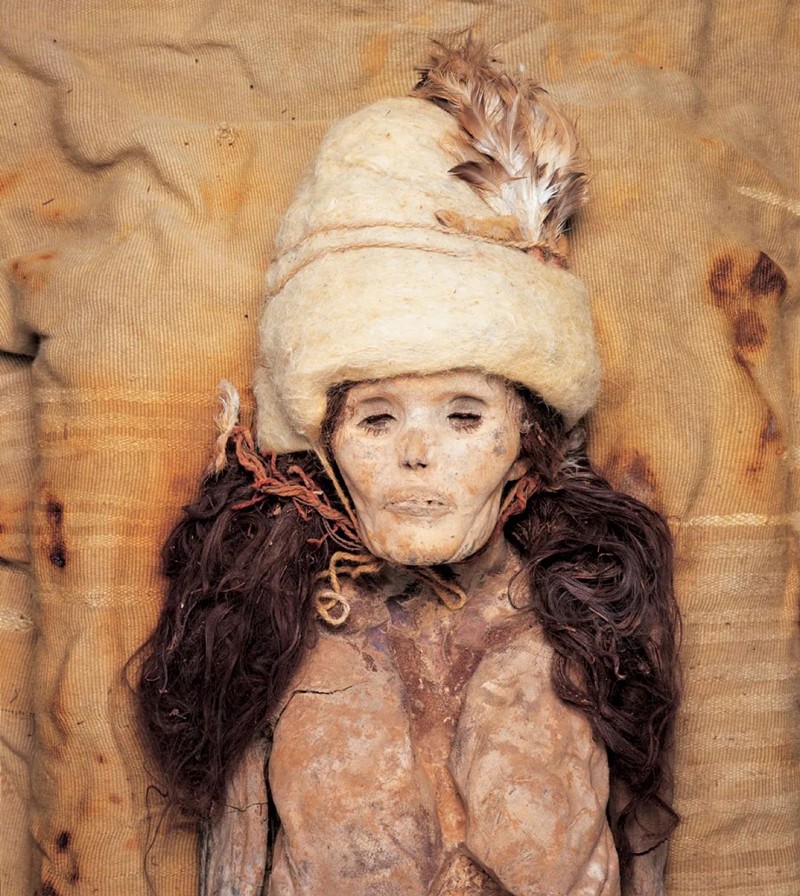?Since their discovery a century ago, hundreds of naturally preserved mummies found in China’s Tarim Basin have been a mystery to archaeologists. Some thought the Bronze Age remains were from migrants from thousands of kilometres to the west, who had brought farming practices to the area. But now, a genomic analysis suggests they were indigenous people who may have adopted agricultural methods from neighbouring groups.
As they report today in Nature1, researchers have traced the ancestry of these early Chinese farmers to Stone Age hunter-gatherers who lived in Asia some 9,000 years ago. They seem to have been genetically isolated, but despite this had learnt to raise livestock and grow grains in the same way as other groups.
The study hints at “the really diverse ways in which populations move and don’t move, and how ideas can spread with, but also through, populations”, says co-author Christina Warinner, a molecular archaeologist at Harvard University in Boston, Massachusetts.
The finding demonstrates that cultural exchange doesn’t always go hand in hand with genetic ties, says Michael Frachetti, an archaeologist at Washington University in St. Louis, Missouri. “Just because those people are trading, doesn’t necessarily mean that they are marrying one another or having children,” he says.
Perfect preservation environment
Starting in the early twentieth century, the mummies were found in cemeteries belonging to the so-called Xiaohe culture, which are scattered across the Taklamakan Desert in the Xinjiang region of China. The desert “is one of the most hostile places on Earth”, says Alison Betts, an archaeologist at the University of Sydney in Australia.
Here, bodies had been buried in boat-shaped coffins wrapped in cattle hide. The hot, arid and salty environment of the desert naturally preserved them, keeping everything from hair to clothing perfectly intact. Before the latest study, “we knew an awful lot about these people, physically, but we knew nothing about who they were and why they were there”, says Betts.
The mummies — which were buried over a period of 2,000 years or more — date to a significant time in Xinjiang’s history, when ancient communities were shifting from hunter-gatherers to farmers, she adds.
